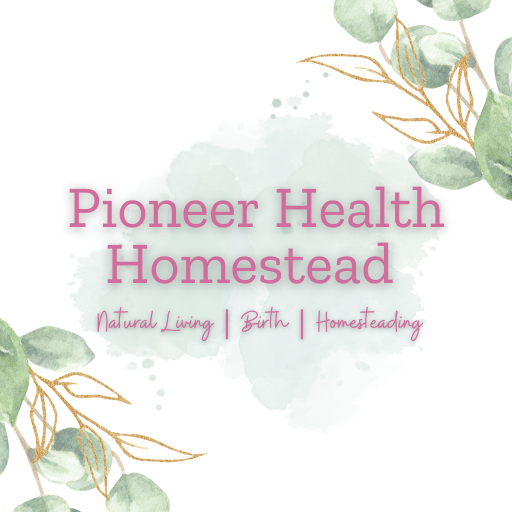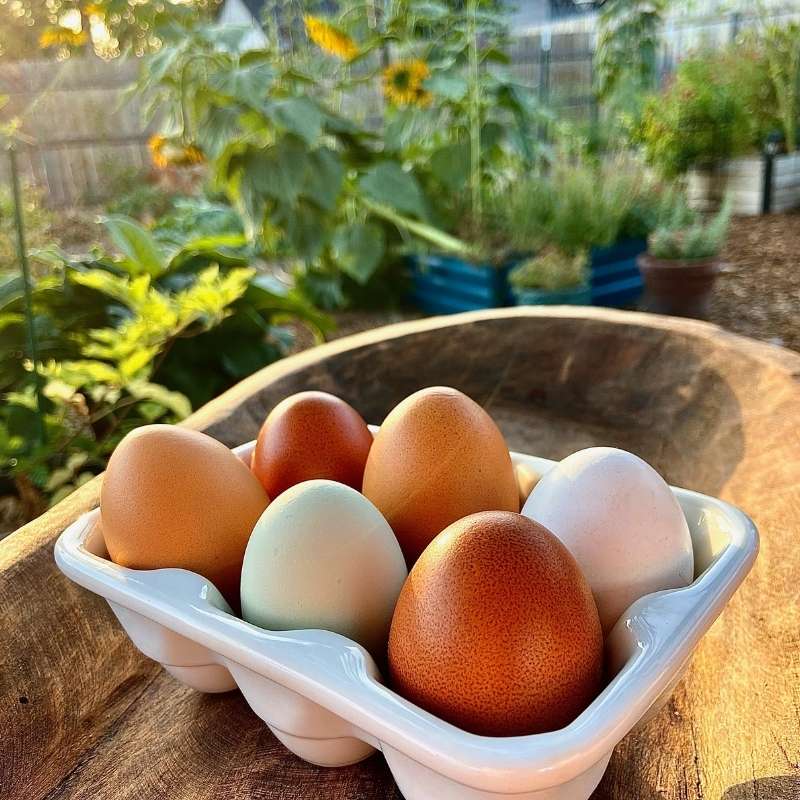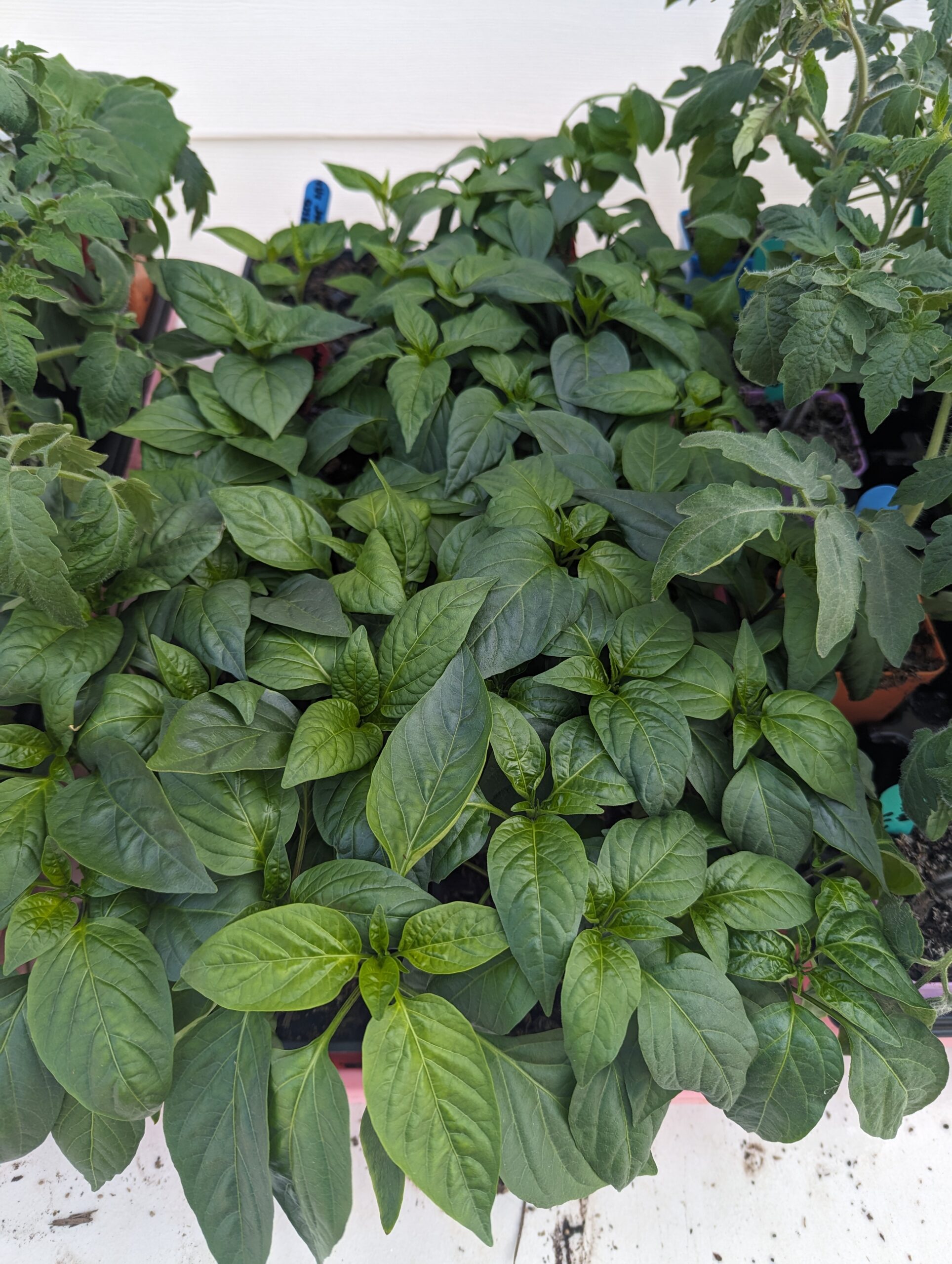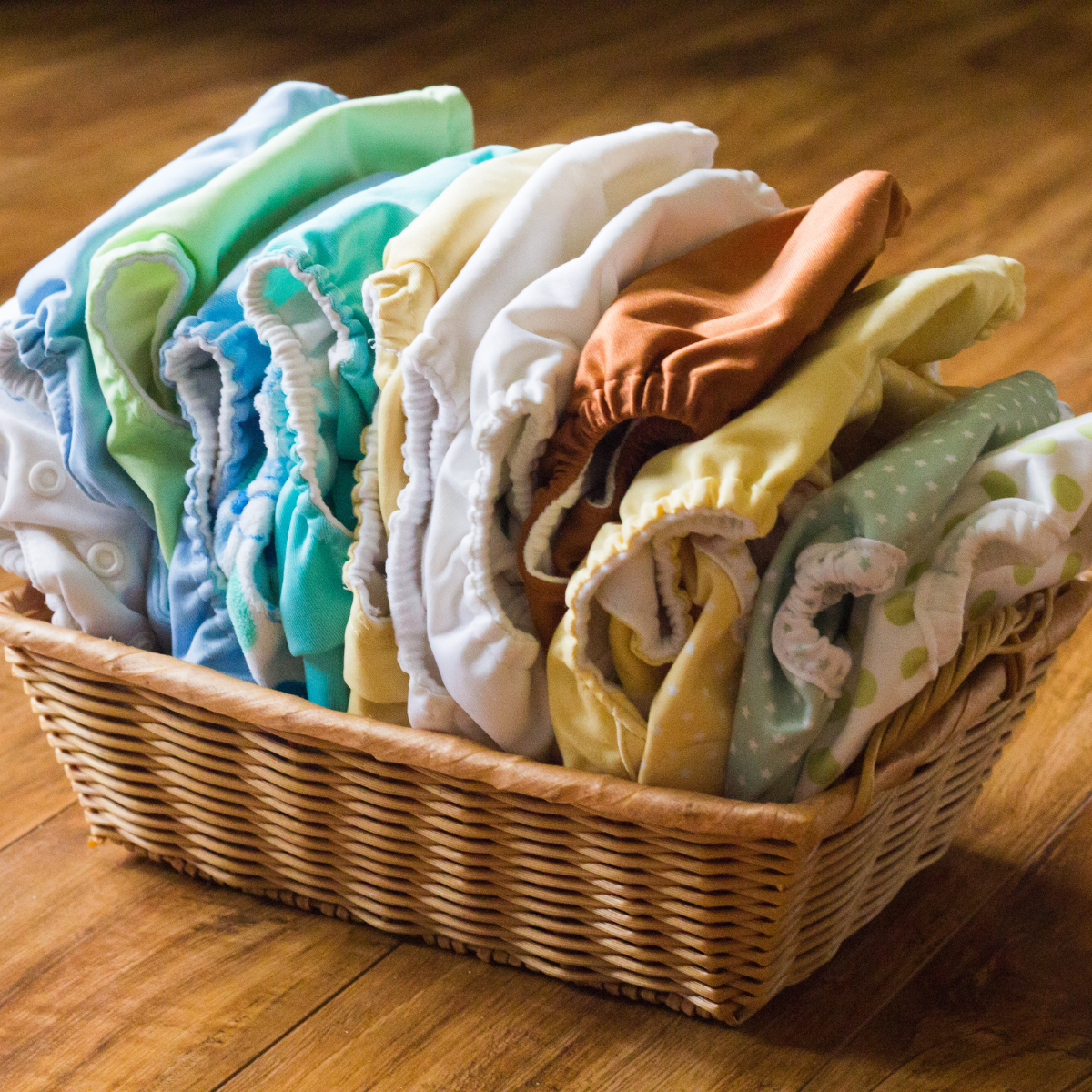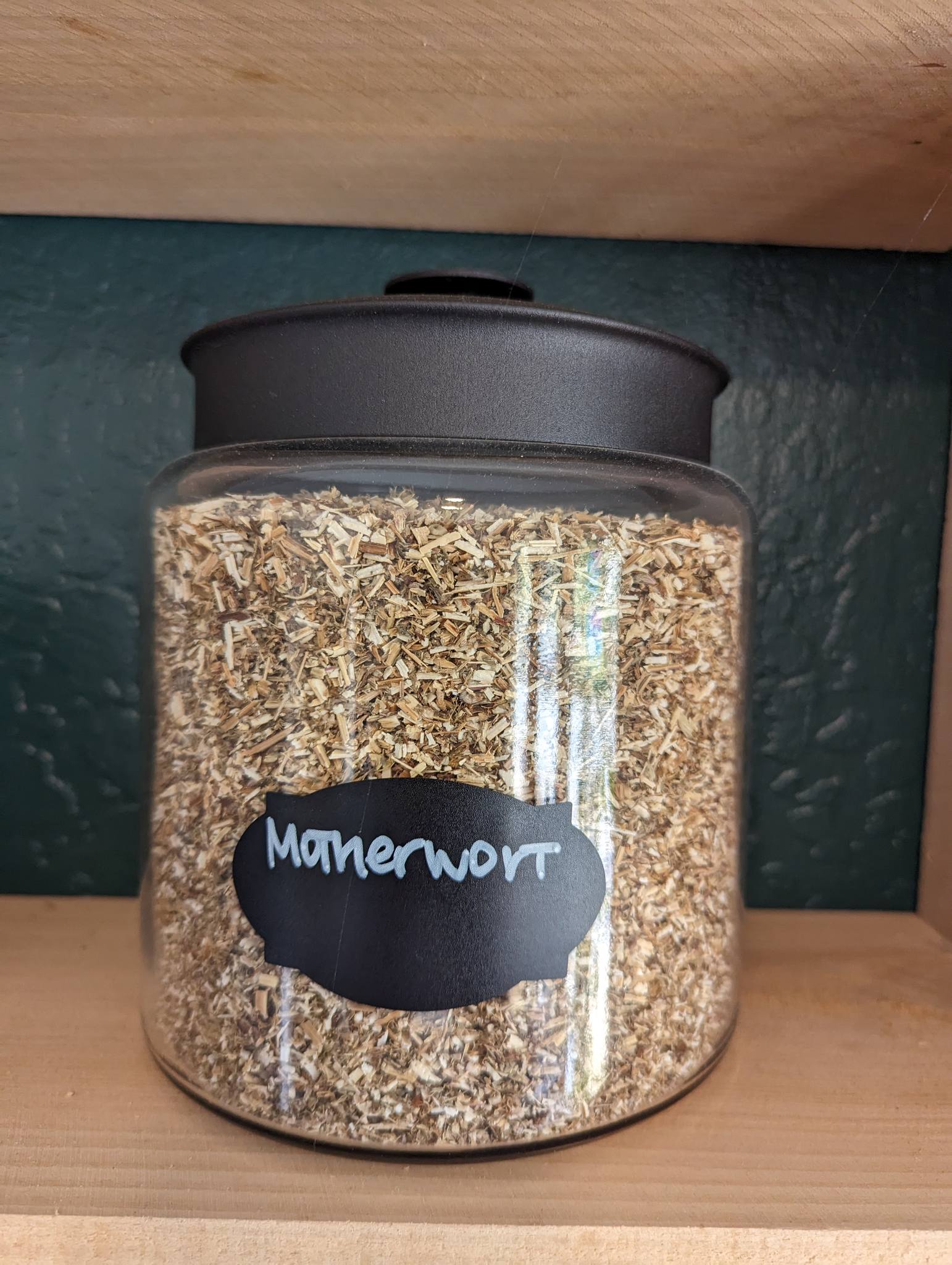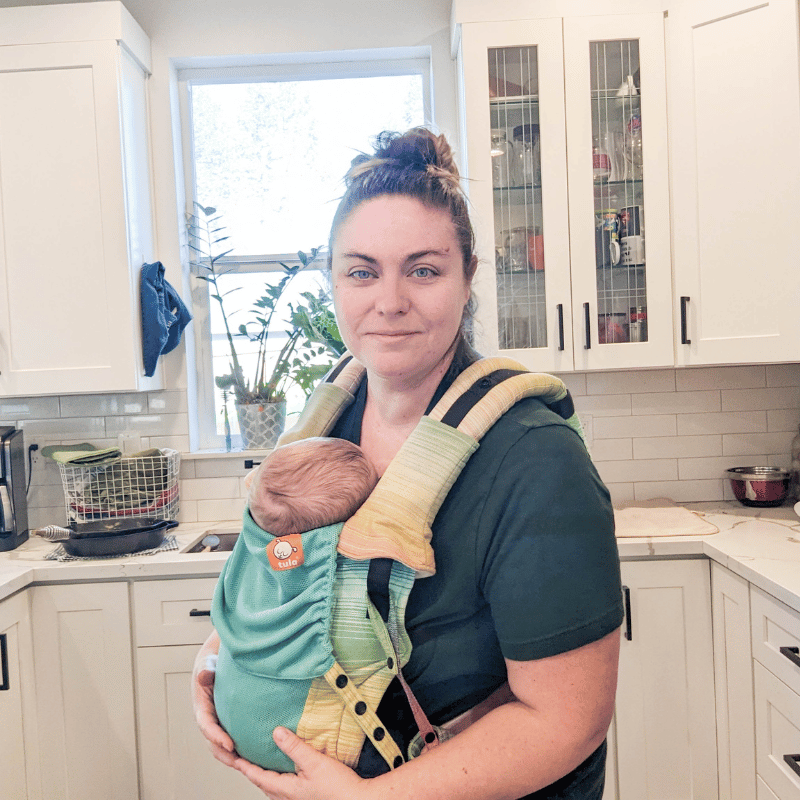Health Benefits of Nettle: Best Natural Uses and Recipes
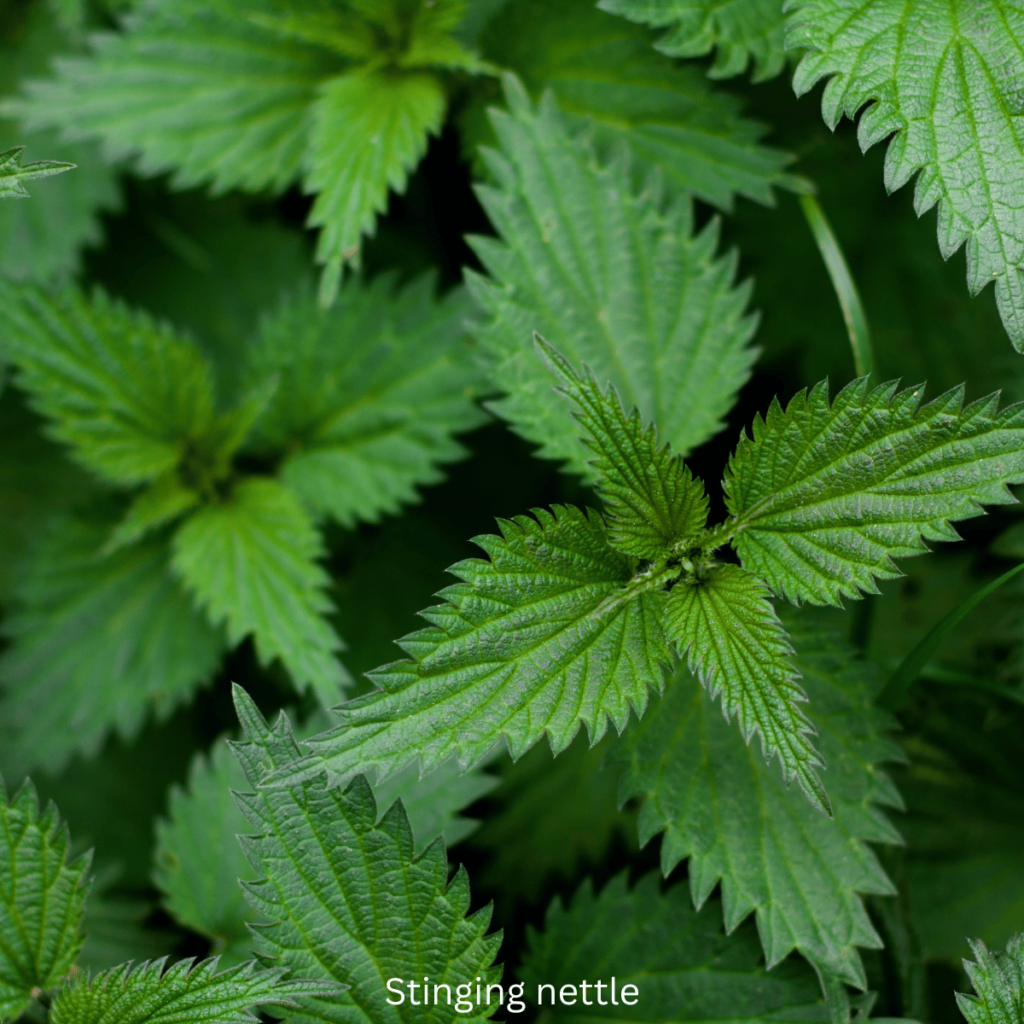
This post contains affiliate links. Please read our disclosure policy.
Health Benefits of Nettle
The health benefits of nettle, scientifically known as Urtica dioica, are numerous and have been recognized for centuries. This perennial flowering plant is found in various regions, including North America and North Africa, and boasts a rich history in herbal medicine. Renowned for its versatile medicinal properties and nutritional benefits, nettle has been a staple in traditional health practices across many cultures.
In this blog, we will explore the many health benefits of nettle, including its anti-inflammatory properties, support for prostate health, allergy relief, and much more. Discover how this remarkable plant can enhance your health and well-being, offering natural remedies for a wide range of conditions. Whether consumed as a tea, taken in supplement form, or used topically, nettle is a powerful ally in promoting overall health.
Nettle (Urtica dioica)
Nettle, scientifically known as Urtica dioica, is a perennial flowering plant with a storied history in herbal medicine. Commonly referred to as stinging nettle due to the tiny hairs on its leaves and stems that can cause a stinging sensation upon contact, this plant is found in a variety of regions worldwide, including North America, Europe, and North Africa. Despite its prickly reputation, nettle has been revered for centuries for its vast health benefits and nutritional properties.
A Brief History of Nettle in Herbal Medicine
Nettle’s use in herbal medicine dates back to ancient civilizations, where it was revered for its healing properties and nutritional benefits.
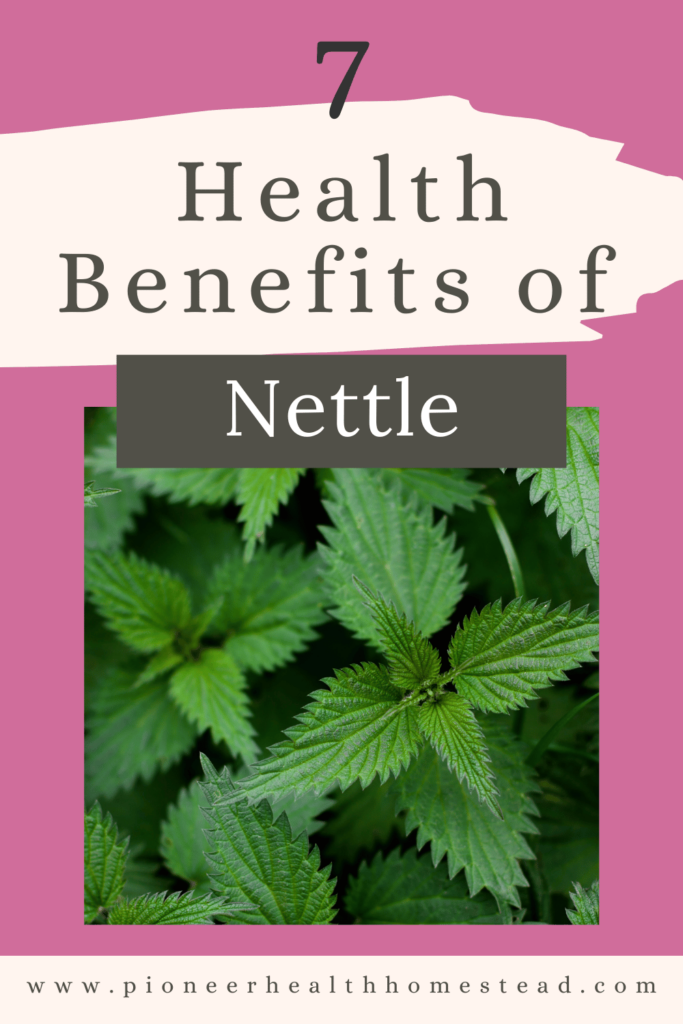
Egyptians
Historical records indicate that the ancient Egyptians utilized nettle to treat arthritis and lower back pain, capitalizing on its potent anti-inflammatory properties. Nettle was often prepared as tea or applied topically as a poultice to alleviate pain and reduce inflammation.
Greeks and Romans
The Greeks and Romans also recognized the nettle’s healing potential and incorporated it into their medicinal practices. The Greek physician Dioscorides, in his seminal work “De Materia Medica,” documented nettle as a valuable treatment for a variety of ailments, including respiratory issues and digestive problems. The Romans, known for their extensive use of herbal remedies, used nettle to stimulate circulation and relieve joint pain. Roman soldiers reportedly used nettle to ward off cold by rubbing the leaves on their skin, utilizing the plant’s stinging properties to create warmth.
Medieval Times
During medieval times in Europe, nettle continued to hold a prominent place in herbal medicine. Monasteries, which often served as centers for medical knowledge and practice, maintained extensive medicinal gardens where nettle was a common feature. Monks and herbalists used nettle to create herbal teas, tinctures, and poultices, employing it to treat a wide range of conditions. Nettle was believed to purify the blood, improve circulation, and support overall health.
Nettle’s applications extended beyond physical ailments. It was also used to address spiritual and magical concerns. In various folk traditions, nettle was believed to ward off evil spirits and protect against witchcraft. Bundles of dried nettle were hung in homes or carried as talismans to provide protection and ensure good health.
European Settlers
As European settlers colonized other parts of the world, they brought their herbal knowledge with them, spreading the use of nettle across North America and beyond. Native American tribes quickly adopted nettle into their medicinal practices, recognizing its efficacy in treating wounds, infections, and respiratory issues.
Modern Times
In modern times, the scientific community has begun to validate many of the traditional uses of nettle through clinical and pharmacological studies. Research has confirmed nettle’s anti-inflammatory, antioxidant, and diuretic properties, supporting its continued use in contemporary herbal medicine. Nettle remains a popular remedy for conditions such as arthritis, allergies, and urinary tract infections, bridging ancient wisdom with modern science.
The Botanical Profile of Nettle
Nettle plants are easily recognizable by their distinctive physical traits and growth patterns.
Leaves
These plants are characterized by their heart-shaped leaves, which have serrated edges and a deep green color. The leaves grow opposite each other on the stem and are covered with tiny, stinging hairs known as trichomes. These hairs release irritating chemicals, such as histamine and formic acid, when touched, causing a stinging sensation on the skin.
Flowers
In addition to their leaves, nettle plants produce small, inconspicuous flowers that are typically greenish-yellow or pinkish-white. These flowers form dense clusters called inflorescences, which can be seen at the leaf axils or the tips of the stems. Nettle flowers are wind-pollinated and, once pollinated, give way to small, dry fruits known as achenes.
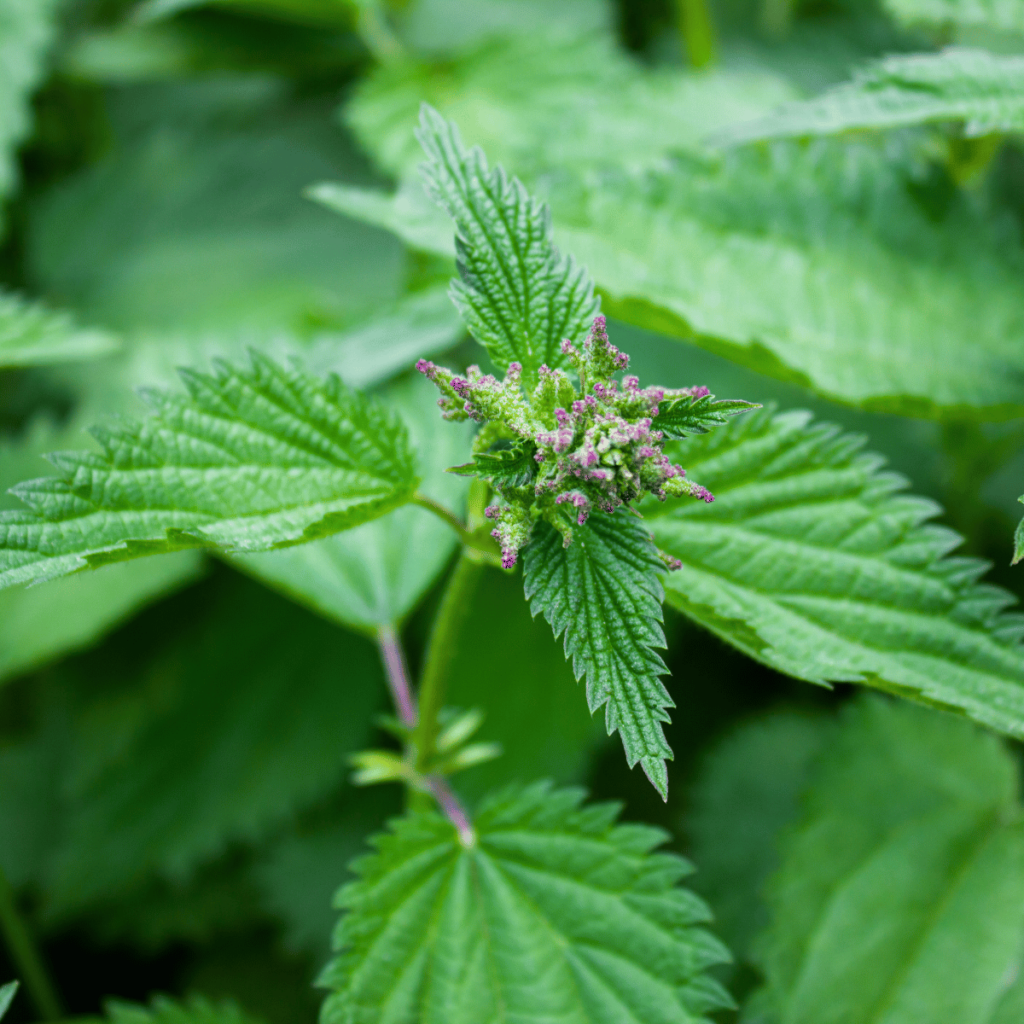
Growth Patterns
Nettle plants generally grow in clusters, often forming dense patches. They thrive in nutrient-rich, moist soil and are commonly found in areas such as forest edges, riverbanks, meadows, and disturbed grounds like roadsides and abandoned lots. The plant’s ability to thrive in a variety of environments makes it a resilient species that can adapt to different growing conditions.
Nettle is a perennial plant, meaning it lives for more than two years. During the growing season, it can reach heights of up to 6-7 feet (1.8-2.1 meters). The stems are square and, like the leaves, are covered in stinging hairs. In the winter months, the aerial parts of the plant die back, but the roots survive and regrow in the spring.
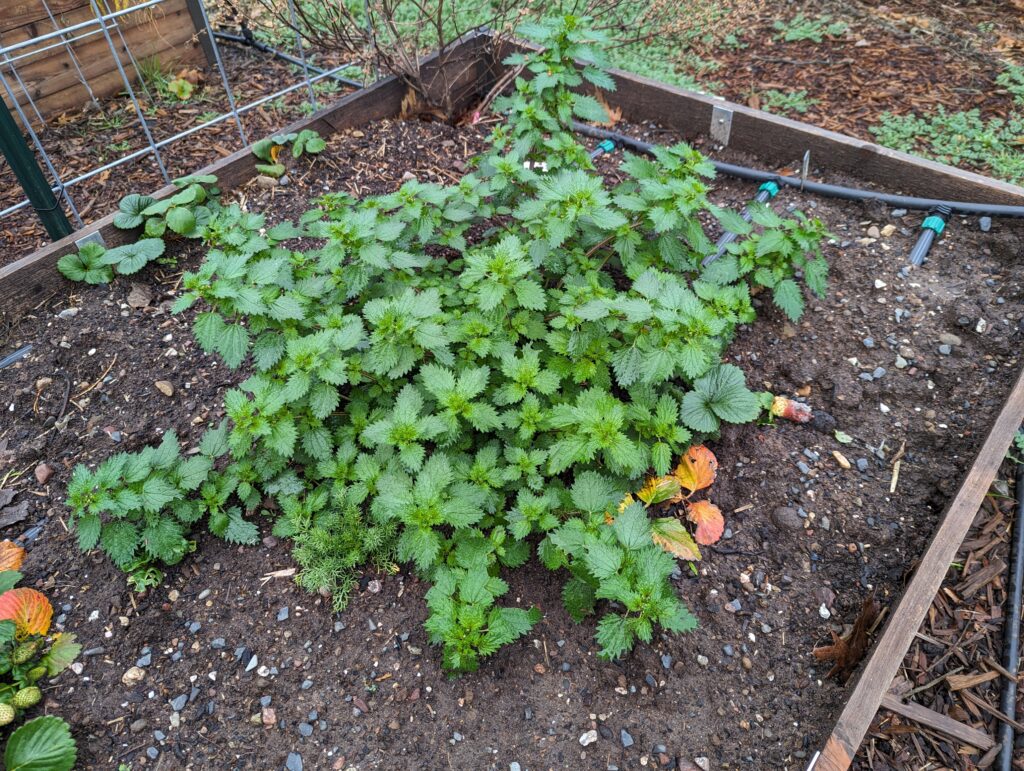
Soil
The robust nature of nettle plants and their ability to enrich the soil with nutrients make them beneficial for ecological health. They play a role in supporting biodiversity, providing habitat and food for various insects and wildlife.
Exploring Nettle’s Health Benefits
In the following sections, we go into the specific health benefits of nettle, exploring its anti-inflammatory properties, support for prostate health, and much more. Discover how this humble plant can make a significant impact on your overall health. Whether you’re looking to alleviate joint pain, enhance skin health, or support urinary function, nettle offers a versatile and effective solution rooted in centuries of herbal tradition and modern scientific research.
Nettle’s Bioactive Compounds and Their Benefits
Nettle is also rich in bioactive compounds that contribute to its medicinal properties. These compounds include phenolic acids, flavonoids, carotenoids, and chlorophyll. Phenolic acids are known for their antioxidant properties, helping protect cells from oxidative damage caused by free radicals, which is crucial in preventing chronic diseases such as cancer and heart disease. Flavonoids have anti-inflammatory, antioxidant, and antiviral properties, helping reduce inflammation, support cardiovascular health, and enhance the immune system. Carotenoids, such as beta-carotene, are important for eye health and immune function. Chlorophyll, the green pigment in plants, has detoxifying properties and helps improve liver function, promote wound healing, and reduce body odor.
These bioactive compounds in nettle work synergistically to combat oxidative stress and inflammation, which are underlying factors in many chronic diseases. By neutralizing free radicals and reducing inflammation, nettle helps protect against conditions such as arthritis, cardiovascular disease, and certain cancers.
The Superfood Reputation
The combination of essential nutrients and powerful bioactive compounds gives nettle its reputation as a superfood. Regular consumption of nettle can provide a natural boost to your diet, supporting energy levels, immune function, and overall health. Whether used in teas, soups, smoothies, or supplements, nettle offers a natural and nutrient-rich way to enhance your well-being.
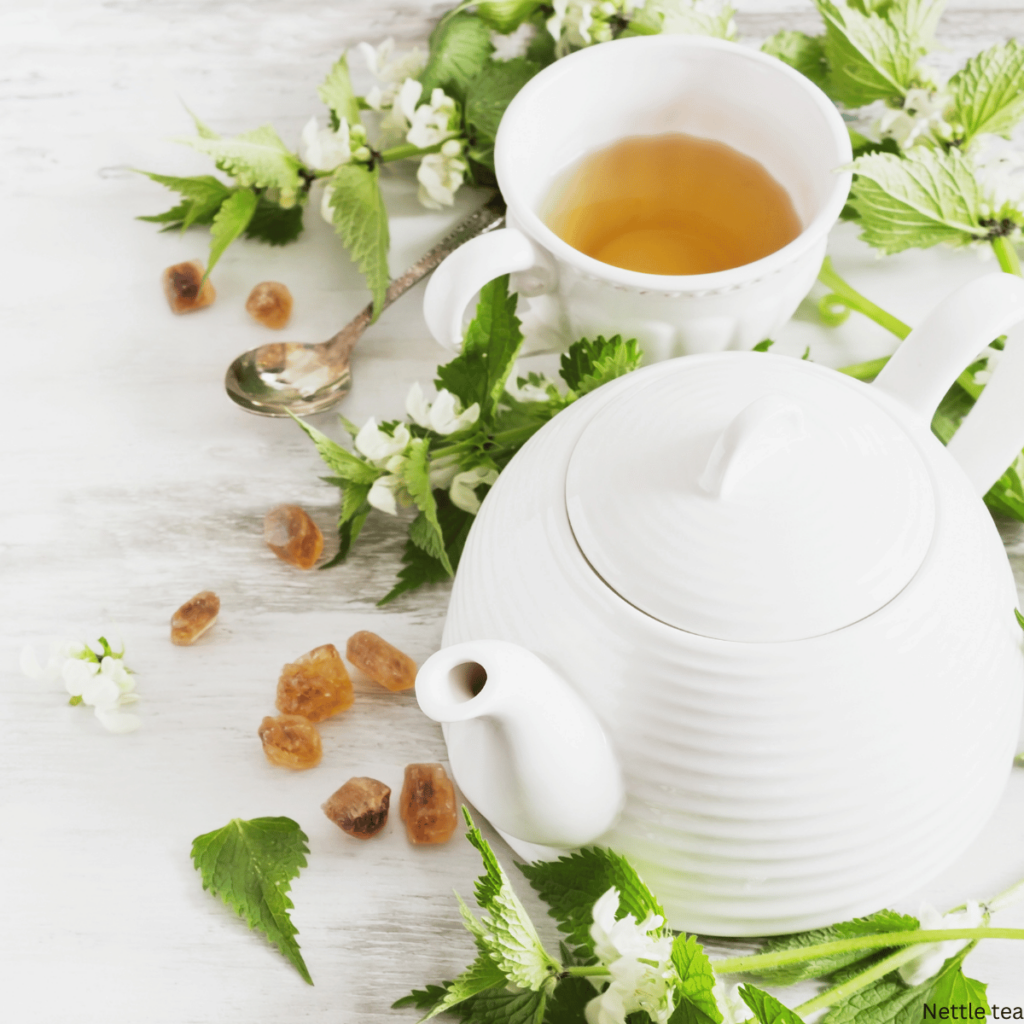
Nutritional and Medicinal Value
Nettle is a powerhouse of nutrients, making it a valuable addition to any diet. The leaves of nettle are densely packed with essential vitamins and minerals that support various bodily functions and promote overall health.
Vitamin C
Vitamin C is vital for immune system function, skin health, and antioxidant protection. It helps protect cells from damage by free radicals and supports collagen production, which is important for healthy skin, blood vessels, and bones.
Vitamin K
Vitamin K is essential for blood clotting and bone health. It plays a crucial role in helping the body heal wounds and maintain bone density.
Iron
Iron is necessary for the production of hemoglobin, which carries oxygen in the blood. It is crucial for preventing anemia and ensuring that muscles and organs receive enough oxygen to function properly.
Magnesium
Magnesium is important for muscle and nerve function, blood sugar control, and bone health. It also helps regulate various biochemical reactions in the body, including protein synthesis and energy production.
Calcium
Calcium is essential for healthy bones and teeth, muscle function, and nerve signaling. It is vital for maintaining strong bones and preventing osteoporosis.
Additional Nutrients
Nettle contains other important nutrients such as Vitamin A, B Vitamins (including B1, B2, B3, and B6), and potassium. Vitamin A supports vision, immune function, and skin health. B Vitamins are essential for energy production, brain function, and cell metabolism. Potassium helps regulate fluid balance, muscle contractions, and nerve signals.
Holistic Health Practices
Nettle’s integration into holistic health practices reflects its holistic approach to wellness. Beyond addressing specific symptoms, nettle supports overall health by providing essential nutrients, enhancing immune function, and promoting detoxification. Its natural composition makes it a preferred choice for individuals seeking alternatives to conventional medicine or looking to complement their existing healthcare regimen.
Ways to Incorporate Nettle
Nettle continues to play a crucial role in modern-day natural and holistic health practices, valued for its versatility and wide array of therapeutic benefits. It is prominently featured in various forms, including dietary supplements, herbal teas, soaps, and topical preparations, catering to a diverse range of health needs and preferences.
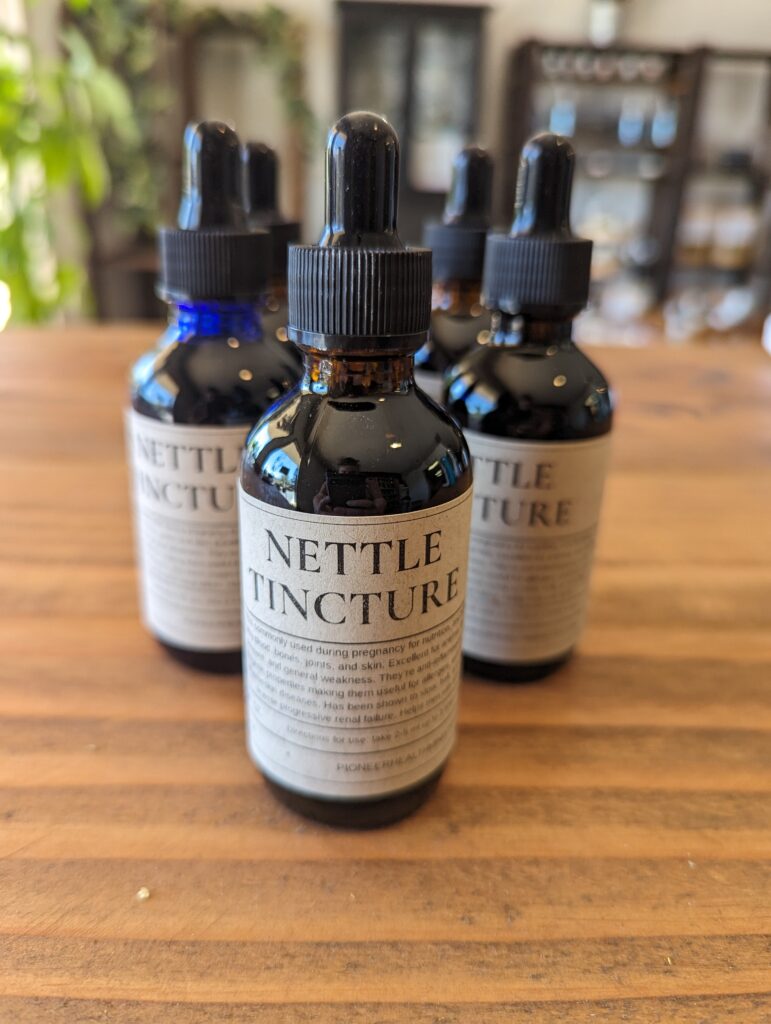
Dietary Supplements
Nettle is a popular ingredient in dietary supplements due to its rich nutritional profile and medicinal properties. Supplements often contain nettle leaf extracts, which are concentrated sources of vitamins, minerals, and bioactive compounds. These supplements are used to support overall health, boost immune function, and promote vitality. Nettle supplements are particularly favored for their potential to alleviate symptoms of inflammatory conditions such as arthritis and rheumatoid arthritis, thanks to their anti-inflammatory effects.
Herbal Tincture
Using nettle as a tincture offers a concentrated way to harness its therapeutic benefits. Nettle tinctures are typically made by extracting the active compounds from nettle leaves in alcohol or another solvent. This extraction method preserves the plant’s bioactive compounds, including vitamins, minerals, and antioxidants. This contributes to its anti-inflammatory and diuretic properties. Nettle tinctures are convenient for those who prefer a more potent form of supplementation or who may find it easier to incorporate into their daily routine.
Herbal Teas
Nettle’s leaves are commonly dried and brewed into herbal teas, which are cherished for their soothing and therapeutic qualities. Nettle tea is renowned for its ability to support detoxification, promote healthy digestion, and provide relief from seasonal allergies. The tea’s natural diuretic properties help flush out toxins from the body and support kidney function. Making it a popular choice for those seeking a gentle cleanse or detox regimen. Additionally, nettle tea is consumed to alleviate symptoms of urinary tract infections and promote urinary tract health.
See the NORA Tea recipe below for more information. We also carry this pre-made in our online shop as Nourishing Tea.

Topical Preparations
In topical preparations, such as creams, lotions, ointments, and soaps, nettle is valued for its anti-inflammatory and skin-soothing properties. These products are often used to alleviate symptoms of skin conditions like eczema, dermatitis, acne, and insect bites. Nettle’s anti-inflammatory effects help reduce redness, itching, and swelling associated with these conditions. While its astringent properties contribute to clearer and healthier skin. Furthermore, nettle is incorporated into hair care products to strengthen hair follicles, stimulate hair growth, and prevent hair loss.
We offer a nettle lotion in our online shop.
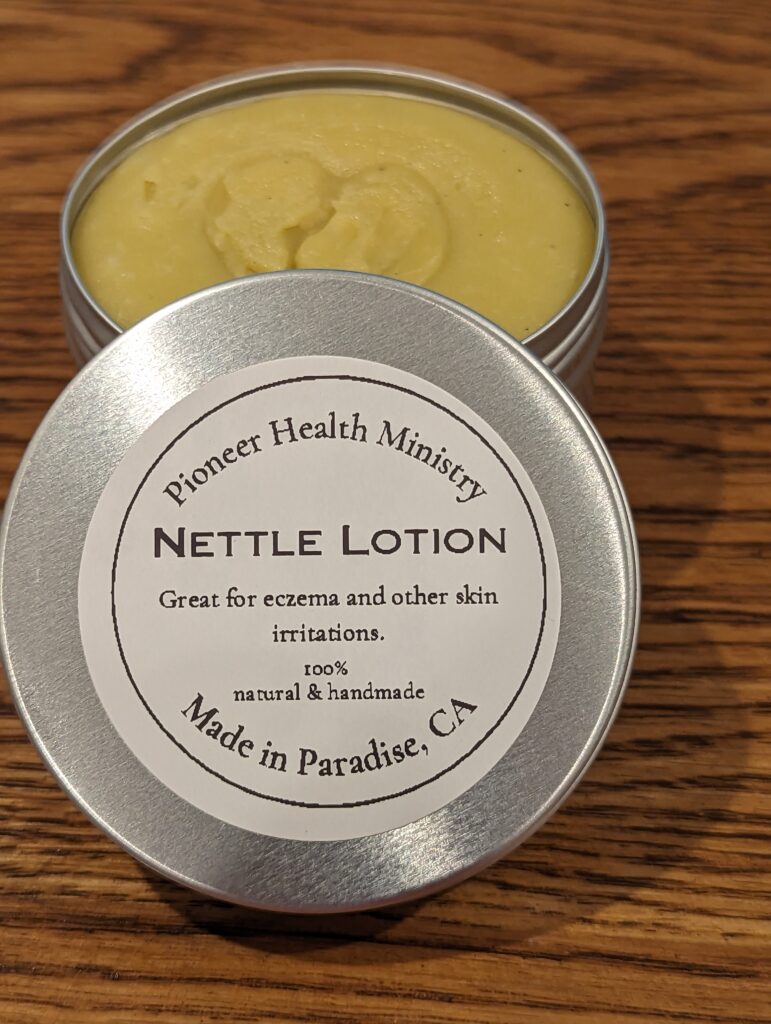
Therapeutic Benefits of Nettle
Nettle’s versatility encompasses a wide array of therapeutic applications that make it invaluable for addressing various health concerns:
Joint Pain Relief
Nettle is renowned for its anti-inflammatory properties, which effectively alleviate joint pain associated with conditions like arthritis and gout. Regular consumption of nettle tea or supplements can help reduce inflammation, improve joint mobility, and manage discomfort. See the nettle tea recipe below.
Seasonal Allergy Relief
Nettle acts as a natural antihistamine, making it a potent remedy for hay fever and seasonal allergies. By blocking histamine receptors, nettle tea can relieve symptoms such as sneezing, nasal congestion, and itchy eyes, providing much-needed relief during allergy seasons.
I recommend taking the nettle tincture for the best allergy relief.
Skin Health Support
Topical applications of nettle are beneficial for soothing irritated skin, reducing inflammation, and promoting healing in conditions like eczema, psoriasis, and insect bites. Nettle’s antimicrobial properties also aid in fighting infections and maintaining skin health.
I recommend our nettle lotion for eczema and more skin irritations.
Urinary Health Support
Nettle acts as a mild diuretic, promoting urine flow and supporting kidney function. It is used to alleviate symptoms associated with urinary tract infections, kidney stones, and benign prostatic hyperplasia (BPH). Nettle’s anti-inflammatory effects contribute to overall urinary tract health by reducing inflammation and supporting kidney function.
Blood Sugar Regulation
Studies suggest that nettle may help regulate blood sugar levels, which can be beneficial for individuals managing diabetes. Including nettle tea in the diet may contribute to better blood sugar control and overall metabolic health.
Blood Pressure Regulation
Nettle has been studied for its potential to lower blood pressure levels, thus supporting cardiovascular health. Regular consumption of nettle tea may help maintain healthy blood pressure levels and reduce the risk of hypertension-related complications.
Pregnancy, Postpartum, and Breastfeeding Support
Nettle is widely recommended during pregnancy and postpartum for its rich nutrient content, including vitamins (such as A, C, and K) and minerals (iron, calcium). It supports maternal health, aids in uterine toning, and helps replenish nutrients essential for recovery after childbirth. Red raspberry leaves in NORA tea specifically tone the uterus and may assist in easing labor and reducing postpartum discomfort. Nettle’s nutritional benefits extend to breastfeeding mothers, providing essential nutrients that can support lactation and overall maternal well-being.
I recommend every woman, pregnant or otherwise, should be taking our Nourishing Tea. It is packed full of vitamins and minerals we are generally lacking in our lives today.
Nettle in Daily Life
As more people seek natural remedies and sustainable health practices, nettle’s popularity continues to grow. Its extensive range of health benefits, coupled with its nutritional richness, makes it an excellent addition to anyone’s wellness routine. Whether consumed as a tea, taken in supplement form, or used topically, nettle offers a natural way to enhance health and well-being.
At Vine & Branch Shop in Paradise, CA, and our online store at www.pioneerhealthministry.org, we embrace the holistic approach to health, advocating for the use of natural remedies like nettle to support overall well-being. Our commitment to quality and sustainability ensures that you receive the finest nettle products available, sourced responsibly and crafted with care.
Nourishing (NORA) Tea Recipe
NORA tea offers a compelling blend of nettle leaves, oat straw, red raspberry leaves, and alfalfa leaves. Each is selected for its unique nutritional and therapeutic benefits. For pregnant and postpartum women, this herbal infusion provides essential vitamins, minerals, and phytonutrients that support maternal health, aid in uterine toning, and assist in postpartum recovery. Beyond pregnancy, NORA tea benefits anyone seeking a natural, nutrient-rich beverage to support overall well-being. Whether you’re looking to enhance your daily nutrition, ease inflammation, or promote relaxation, NORA tea serves as a comforting and nourishing addition to your wellness routine.
Below are the two recipes for making and using NORA tea. You can make it each time you want to have a cup of tea, or you can make it in a large batch and store it in an airtight container for easier, more frequent use.

Equipment
- Teapot or Heat-Resistant Container: Use a teapot or any heat-resistant container to steep the herbs in hot water.
- Measuring Spoons: You’ll need teaspoons to measure out the herbs accurately.
- Fine Mesh Strainer or Tea Infuser: This is essential for straining the tea after steeping to remove the herbs and ensure a clear liquid.
- Lid or Plate: Use a lid or plate to cover the teapot or container while the herbs steep, which helps retain heat and allows the flavors to infuse properly.
- Kettle or Pot for Boiling Water: To boil the water needed for steeping the herbs.
- Storage Container (Optional): If you plan to make a larger batch of NORA tea, having an airtight container to store any leftover brewed tea in the refrigerator can be useful.
Ingredients for Single Serving:
- 1 teaspoon nettle leaves
- 1 teaspoon oat straw
- 1 teaspoon red raspberry leaves
- 1 teaspoon alfalfa leaves
Instructions for Single Serving:
To prepare a single serving of NORA tea, measure out 1 teaspoon each of nettle leaves, oat straw, red raspberry leaves, and alfalfa leaves. Place these herbs into a teapot or heat-resistant container.
Boil 8 ounces (1 cup) of water. Once the water reaches a boil, pour it over the herbs in the teapot or container.
Cover the container with a lid or a plate to retain the steam, allowing the herbs to steep for 10-15 minutes.
After steeping, strain the tea into a cup using a fine mesh strainer or tea infuser to remove the herbs.
Your NORA tea is now ready to be enjoyed. You can drink it plain or add honey, lemon, or your preferred sweetener to taste.
Instructions for Making a Larger Batch:
If you prefer to make a larger batch of NORA tea, use a 1:1 ratio of the herbs. For example, combine 1 tablespoon each of nettle leaves, oat straw, red raspberry leaves, and alfalfa leaves in a teapot or heat-resistant container.
Boil the appropriate amount of water based on your desired servings (e.g., 4 cups for four servings). Pour the boiling water over the herbs.
Cover the container and steep the herbs for 10-15 minutes.
Strain the tea into a separate container using a fine mesh strainer or tea infuser.
Storage
Store any leftover brewed tea in an airtight container in the refrigerator for up to 24 hours. When ready to enjoy, reheat and add sweeteners or flavors as desired.
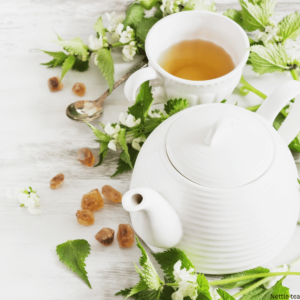
Nourishing (NORA) Tea
Equipment
- 1 Fine Mesh Strainer or Tea Infuser
- 1 Kettle or Pot for Boiling Water saucepan for heating water
- Measuring Spoons
Ingredients
- 1 teaspoon nettle leaves
- 1 teaspoon oat straw
- 1 teaspoon red raspberry leaves
- 1 teaspoon alfalfa leaves
Instructions
- Measure out 1 teaspoon each of nettle leaves, oat straw, red raspberry leaves, and alfalfa leaves. Place these herbs into a teapot or heat-resistant container.
- Boil 8 ounces (1 cup) of water. Once the water reaches a boil, pour it over the herbs in the teapot or container.
- Cover the container with a lid or a plate to retain the steam, allowing the herbs to steep for 10-15 minutes.
- After steeping, strain the tea into a cup using a fine mesh strainer or tea infuser to remove the herbs.
- Your NORA tea is now ready to be enjoyed. You can drink it plain or add honey, lemon, or your preferred sweetener to taste.
Notes
Health Benefits of Nourishing (NORA) Tea
Nettle Leaves
Nettle leaves are rich in vitamins (including A, C, and K) and minerals (such as iron, calcium, and magnesium). They are valued for their anti-inflammatory properties, which can help alleviate arthritis pain, support urinary tract health, and promote healthy skin.
Oat Straw
Derived from the stem and leaves of the oat plant, oat straw is rich in silica, which supports bone, skin, and hair health. It also promotes relaxation and reduces anxiety, making it a calming addition to herbal teas.
Red Raspberry Leaves
Traditionally used to support women’s health, particularly during pregnancy and menstruation, red raspberry leaves are rich in vitamins (C, E, and B complex) and minerals (including calcium and iron). They help tone the uterus, ease menstrual cramps, and alleviate discomfort during pregnancy.
Alfalfa Leaves
Nutrient-dense alfalfa leaves contain vitamins (A, C, E, and K) and minerals (such as calcium, potassium, and iron). Known for their detoxifying properties, they support liver health and aid digestion.
NORA Tea for Pregnant and Postpartum Women
NORA tea is widely recommended for pregnant and postpartum women due to its nutritional richness and specific benefits for uterine health:
- During Pregnancy: The combination of nettle leaves, oat straw, red raspberry leaves, and alfalfa leaves provides essential vitamins and minerals that support maternal health and fetal development. Red raspberry leaves, in particular, are known to tone the uterus and may help prepare it for labor.
- Postpartum Support: After childbirth, NORA tea can aid in replenishing essential nutrients lost during pregnancy and childbirth. It supports lactation and helps the body recover by providing vitamins and minerals necessary for healing and overall well-being.
Nourishing Tea Overview
NORA tea blends the beneficial properties of nettle leaves, oat straw, red raspberry leaves, and alfalfa leaves into a soothing herbal infusion. Each herb contributes unique health benefits, from anti-inflammatory effects and support for women’s health to relaxation and detoxification. Enjoy NORA tea as a natural way to promote overall well-being, especially during pregnancy and postpartum, and incorporate it into your daily health regimen.
FDA, Safety, and Healthcare Professional Disclaimer:
The statements regarding the health benefits of nettle (Urtica dioica) have not been evaluated by the Food and Drug Administration (FDA). Nettle products are not intended to diagnose, treat, cure, or prevent any disease.
Nettle supplements, herbal teas, and topical preparations should be used with caution and under the guidance of a qualified healthcare provider, especially if you are pregnant, nursing, taking medication, or have a medical condition.
Individuals with allergies to plants in the Urticaceae family should avoid nettle products, as they may cause allergic reactions.
Consult your healthcare provider before starting any new supplement regimen or making significant changes to your diet or healthcare practices. Healthcare professionals can provide personalized recommendations based on your individual health status and medical history.
Vine & Branch Shop in Paradise, CA, and www.pioneerhealthministry.org do not endorse self-diagnosis or self-treatment using nettle products without professional medical advice.
Check out our other posts!
-
Homesteading in California: How to Start at Any Stage
Sharing is caring! Facebook Pinterest X Homesteading in California: How to Start at Any Stage How Homesteading in California is Possible Homesteading in California is a journey that looks different for everyone, depending on where you live in this vast and diverse state. From the deserts dotted with Joshua trees in the south, to the…
-
How to Make Peppers Grow Faster: Guide and Easy Tips
How to Make Peppers Grow Faster: Guide and Easy Tips How to make peppers grow faster is a common question among home gardeners seeking to maximize their growing season. Whether you’re nurturing sweet peppers, green peppers, or hot pepper plants, creating ideal conditions is essential for pepper success. The best way to achieve healthy pepper plants…
-
The Different Types of Cloth Diapers: Ultimate Guide
The Different Types of Cloth Diapers: Ultimate Guide The different types of cloth diapers offer a sustainable and eco-friendly alternative to disposable diapers for your baby. As a mom of five and a Registered Nurse, I’ve seen the many benefits of reusable cloth diapers firsthand. This guide will help you understand the major types of…
